Indonesia is a country brimming with rich history, vibrant culture, and
unique natural wonders. Although it’s a popular destination for travellers,
many of its remarkable features remain lesser-known. In this article, we'll
explore intriguing facts about Indonesia, from its islands and exotic flora and
fauna to its culinary achievements and extraordinary geology. Dive into these
fascinating details to gain a deeper understanding of this remarkable nation.
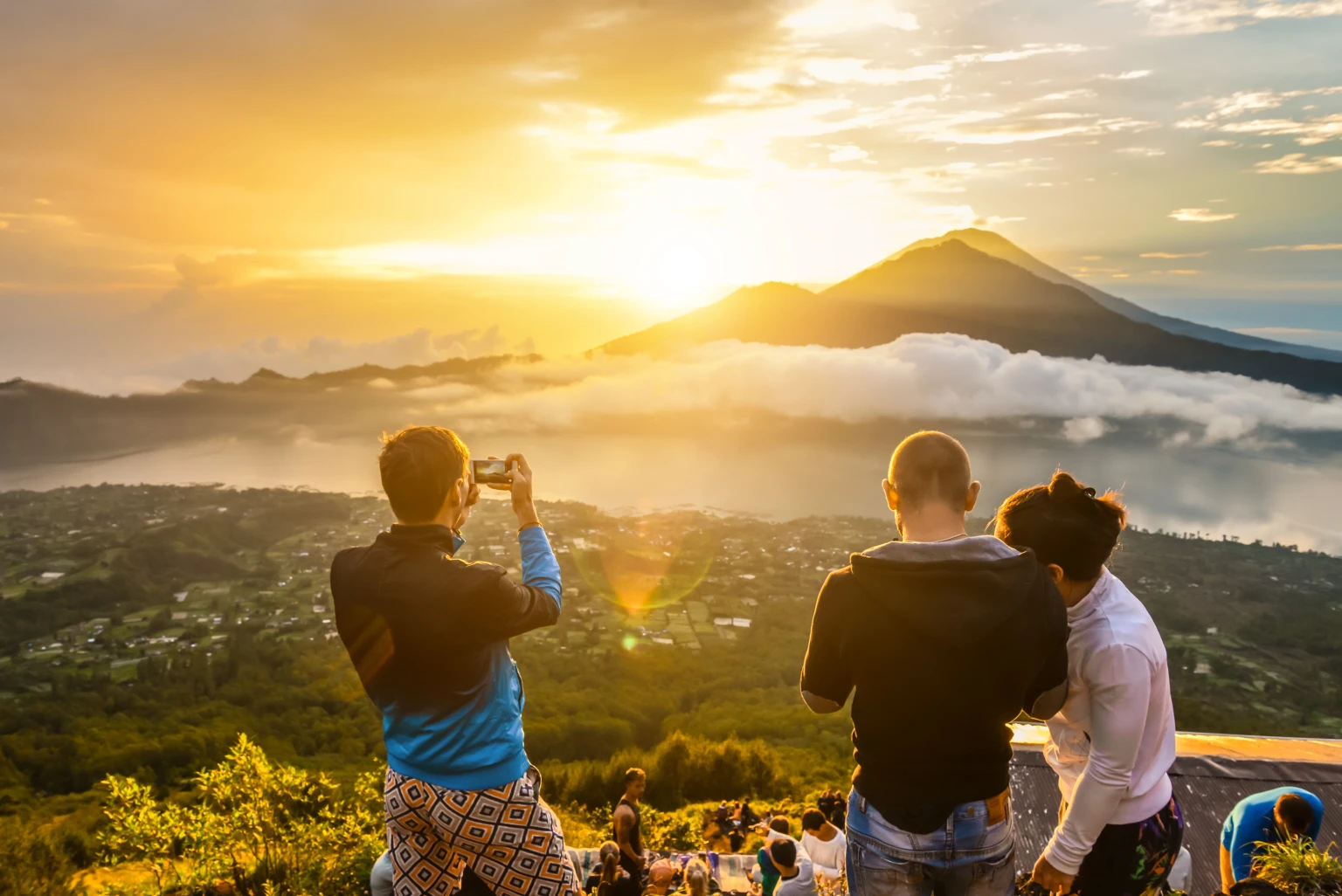
1. The Second Longest Coastline in the World
Indonesia boasts an impressive coastline of approximately 54,716 kilometers,
making it the second longest in the world, just after Canada. As the largest
archipelago globally, Indonesia spans about 735,358 square miles (or
approximately 1.9 million square kilometers), ranking 14th in size among
countries. It is made up of 17,508 islands, with many remaining unnamed due to
being uninhabited. Among these, Bali, Java, and Sumatra are particularly
popular with tourists.
Additionally, Borneo is a unique island divided among three countries:
Indonesia, Malaysia, and Brunei. The Indonesian portion, known as Kalimantan,
is the largest, covering approximately 73% of the island. Malaysia’s states of
Sarawak and Sabah account for about 26%, while Brunei controls less than 1% of
Borneo.
2. A Rich Linguistic Diversity
Indonesia is one of the most linguistically diverse countries in the world,
second only to the Amazon rainforest region. With over 700 languages and
dialects spoken across its numerous islands, Indonesia’s linguistic landscape
is a testament to its rich cultural heritage. Each island and region
contributes its own unique languages, highlighting the nation’s vibrant and
multifaceted identity.
However, this rich diversity is under threat, as many of these languages are
endangered. Factors such as urbanization, modernization, and shifting cultural
values contribute to the decline of smaller languages. Efforts are being made
to document and revitalize these languages, but challenges remain in preserving
Indonesia's linguistic heritage for future generations.
3. Over 100 Endangered Animals
Despite covering just 1% of the world’s land area, Indonesia’s tropical
forests are a remarkable biodiversity hotspot. They harbour about 10% of all
known plant species, 12% of mammal species, and 17% of bird species.
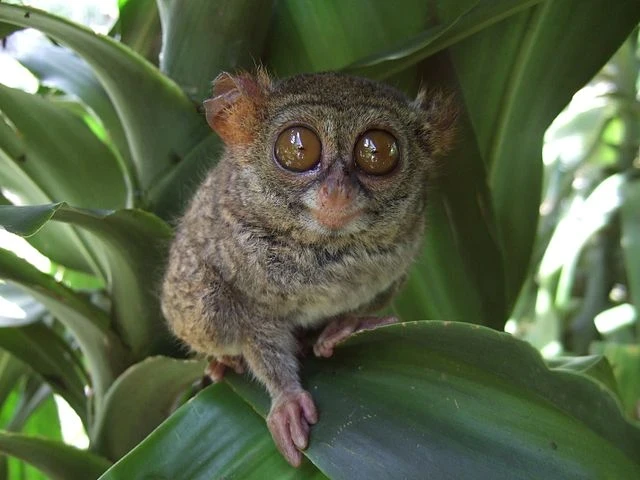
Often
referred to as a "lost world" of Asia, Indonesia is home to many
exotic animals that are critically endangered. Among these are the Sumatran
tiger, Sumatran rhinoceros, Komodo dragon, orangutan, anoa (the world’s
smallest buffalo), and the Tarsier, a tiny primate with large eyes that resemble
those of the fictional character Dobby from Harry Potter.
4. Wild Orangutans
Sumatra is indeed one of only two places in the
world where you can see wild orangutans in their natural habitat. The other
place is Borneo, which is divided between Indonesia (Kalimantan) and Malaysia.
In Indonesian, "orang" means "person" and "utan"
means "forest," so "orangutan" translates to "forest
person."
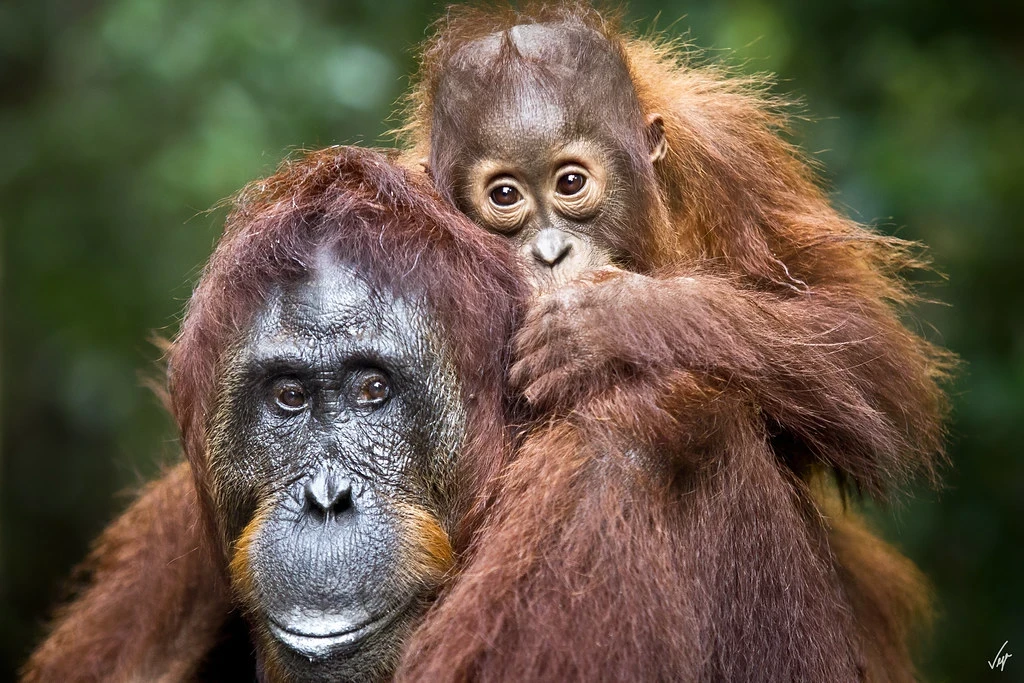
In Sumatra, orangutans can be observed in Gunung
Leuser National Park, located near the village of Bukit Lawang. This area is a
popular destination for tourists, and local guides offer various activities
such as wildlife tours, camping, conservation efforts, cave exploration, and
river rafting.
5. Komodo Dragons
Indonesia is the only country where you can see
Komodo dragons in the wild. These impressive reptiles are the largest lizards
in the world, growing up to 3 meters (about 10 feet) in length. They inhabit
five Indonesian islands: Komodo, Rinca, Flores, Padar, and Gili Motang.
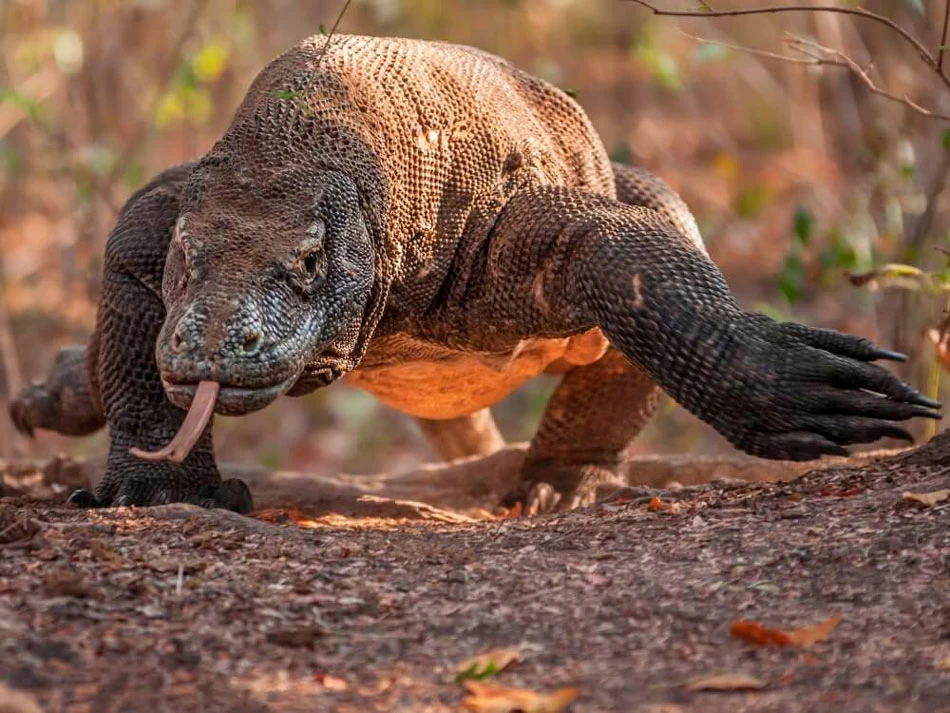
Komodo dragons are known for their intimidating
appearance and powerful build. They have a venomous bite, which can be deadly
to their prey. Despite their fearsome reputation, the primary diet of Komodo
dragons consists of animals like deer and wild boar, although they can take
down larger prey. There have been occasional reports of Komodo dragons
attacking humans, but such incidents are rare.
Visitors to the islands where Komodo dragons live
should exercise caution and follow safety guidelines to avoid any potential
risks associated with these powerful predators.
6. The Largest Flower in the World
Indonesia is home to one of the world's most unique plants: the Rafflesia
arnoldii, commonly known as the corpse lily due to its foul odour
when in bloom. This parasitic flower holds the record for the largest
individual flower in the world. It primarily grows in the humid forests of
Indonesia, although it can also be found in other parts of Southeast Asia.
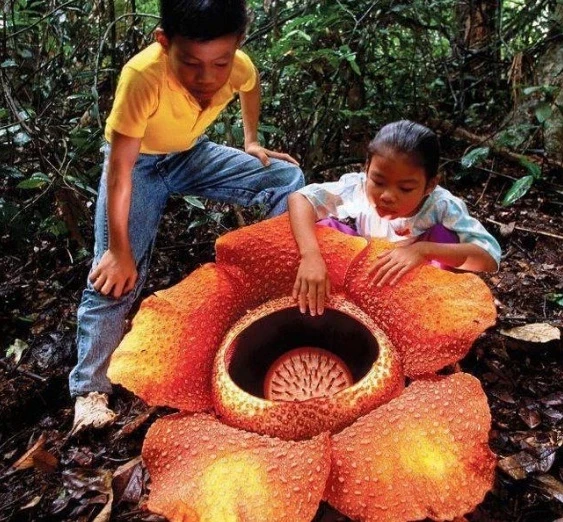
Rafflesia arnoldii is extremely rare and blooms only briefly after several
months of slow development. Once it blooms, it remains open for just a few days
before wilting.
The flower is named after Sir Thomas Stamford Raffles and botanist Joseph
Arnold, who discovered it during an expedition in the early 19th century. There
are about 55 known species of Rafflesia, but Rafflesia arnoldii is notable for
its size. Its petals can span over 1 meter (about 3.3 feet) in diameter, and it
can stand up to 50 cm (about 20 inches) tall and weigh up to 10 kg (about 22
pounds). The plant lacks roots, stems, and leaves, surviving as a parasite by
feeding on a host plant, typically within the Tetrastigma genus.
7. Indonesia Ranks Third in Volcanoes
Indonesia is home to over 400 volcanoes, making it
the third most volcanic country in the world, following Russia and the USA. Of
these, 139 are currently active, and the country experiences about four minor
earthquakes daily, highlighting its status as one of the most seismically
active regions on Earth.
In 2018, the Agung volcano on Bali made headlines
when its eruption forced the evacuation of thousands and led to a suspension of
air travel to the island for several weeks.
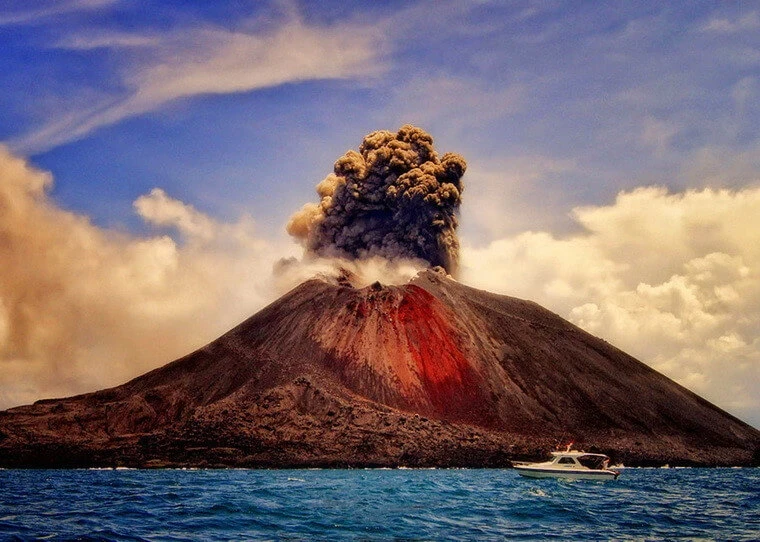
Another significant event in Indonesia’s volcanic
history was the eruption of Krakatoa in 1883, located between Java and Sumatra.
This catastrophic eruption caused two massive tsunamis, claiming over 36,000
lives and destroying 165 coastal villages. The eruption was so powerful that
its explosion was heard over 4,600 kilometres away, affecting about
one-thirteenth of the Earth's surface. Volcanic ash from Krakatoa created
enormous smoke clouds, disrupting air travel in the region, and leading to
unusual sunsets observed in New York and other cities for three years.
Additionally, Indonesia features a unique acidic lake on the
island of Java near the Kawah Ijen volcano. This lake contains sulfuric acid,
giving the water a striking range of colours from turquoise to acid green.
While visually stunning, the lake’s acidity makes it hazardous.
8. The Highest and Snowiest Mountain in Indonesia
While Indonesia is known for its tropical climate and sunny weather, it is
home to a unique natural wonder. Mount Puncak Jaya, located in Papua, is the
highest mountain in Indonesia, standing at 4,884 meters (16,024 feet) above sea
level. This peak is notable for its small, but persistent, ice cap—a rare sight
near the equator.
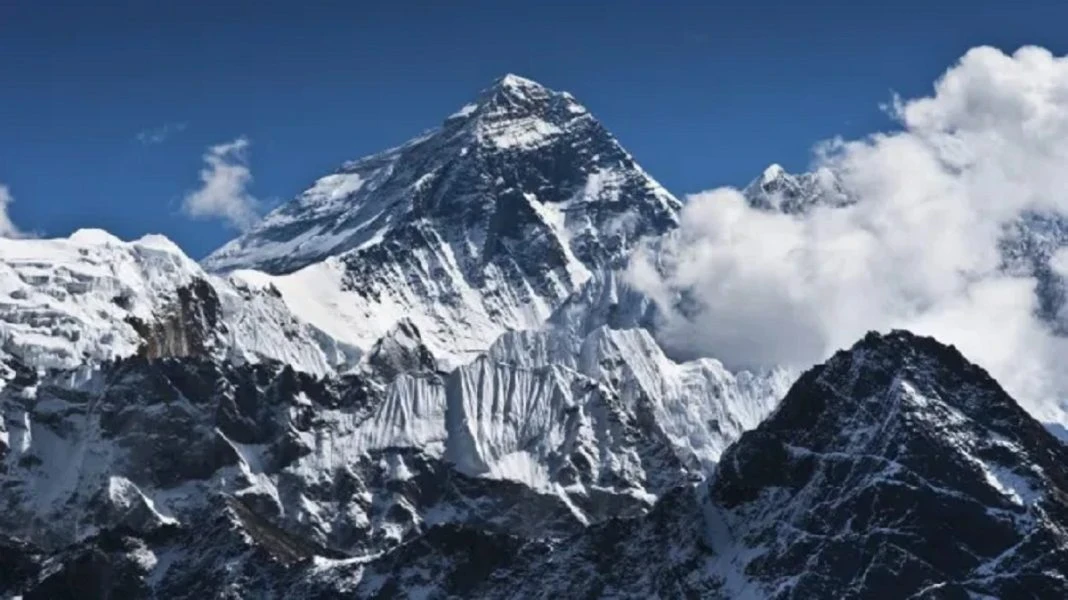
The ice and snow at the top of Mount Puncak Jaya create a striking contrast
with the surrounding tropical environment. Even though this ice and snow are
remnants from earlier ice ages and are affected by the strong sunlight, they
still reflect the light beautifully, creating a bright and sparkling effect.
Climbers refer to the mountain as Carstensz Pyramid, named in honour of
explorer Jan Carstensz, who first reported seeing its snowy peak during his
1623 expedition. Mount Puncak Jaya is also listed among the Seven Summits,
representing the highest peaks on each of the seven continents.
9. Jakarta: A Top Instagrammable Destination in Asia
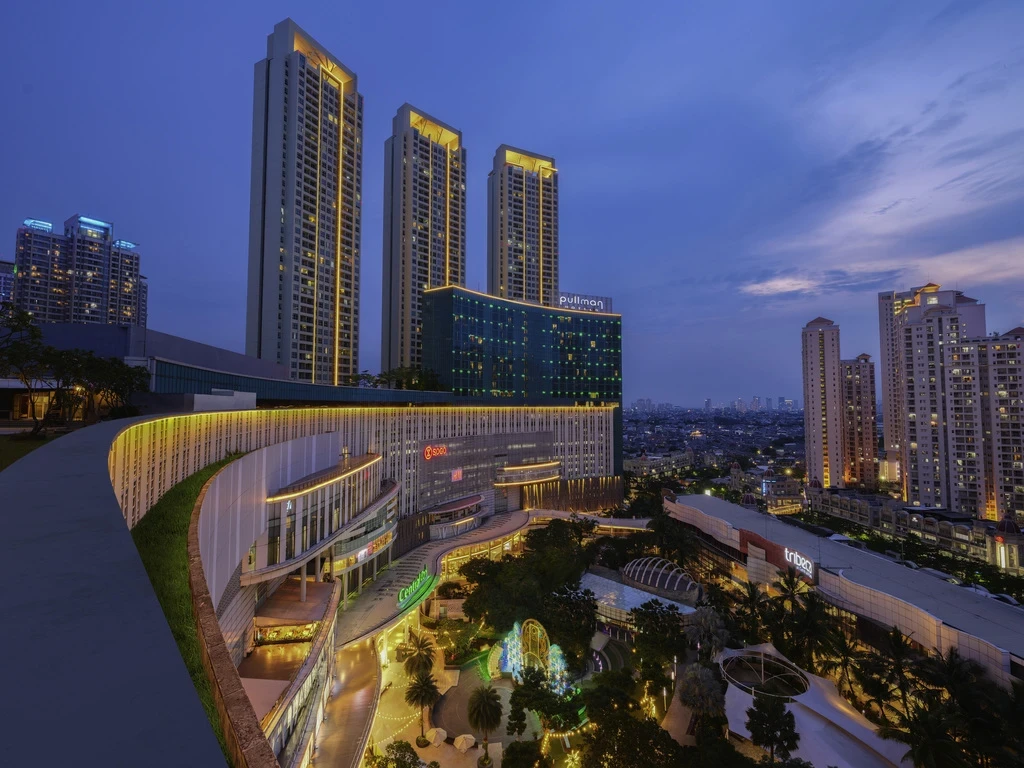
Jakarta, the capital of Indonesia, is ranked as the eighth most
Instagrammable city in the world. This vibrant metropolis is brimming with
picturesque locations and popular tourist spots, making it a favourite for
Instagram enthusiasts seeking to capture stunning photos.
10. The World's Largest Buddhist Temple
Constructed in the 9th century, Borobudur Temple in Central Java is the
largest Buddhist temple in the world. It boasts 1,460 relief panels, making it
the most extensive and complete collection of Buddhist reliefs globally. The
temple, dedicated to Buddha and housing 504 Buddha statues, serves as a
significant pilgrimage site for Buddhists.
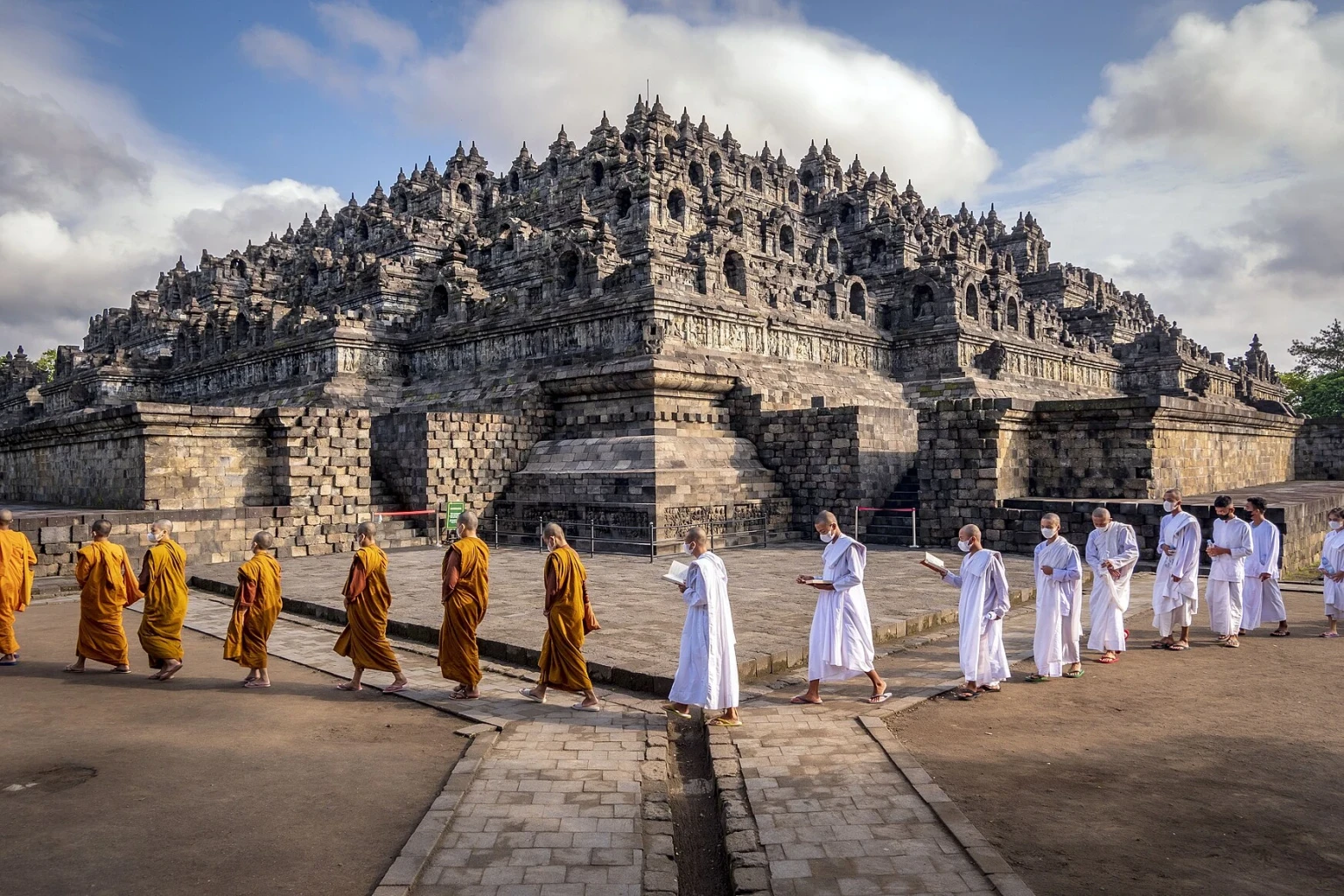
Borobudur's design reflects Buddhist cosmology, with its levels representing
the three realms: the world of desires, the world of forms, and the world of
formlessness.
11. Indonesia's Death Penalty Process
Indonesia continues to enforce the death penalty by firing squad, a method
that has been in place since 1964. The death penalty is reserved for the most
severe crimes, such as drug trafficking and murder. Inmates often spend many
years on death row before their sentences are carried out.
The process involves a thorough legal procedure: following the initial court
trial, inmates can appeal the decision twice and request a pardon from the
President of Indonesia. If all these steps fail to overturn the sentence, the
inmate and their family are notified 72 hours before the execution. Executions
typically occur on Nusa Kambangan Island.
On the day of execution, inmates are woken in the middle of the night,
blindfolded, and transported to a remote location. There, they have the option
to stand or sit before being executed by a firing squad.
12. A Wealth of Diving Spots
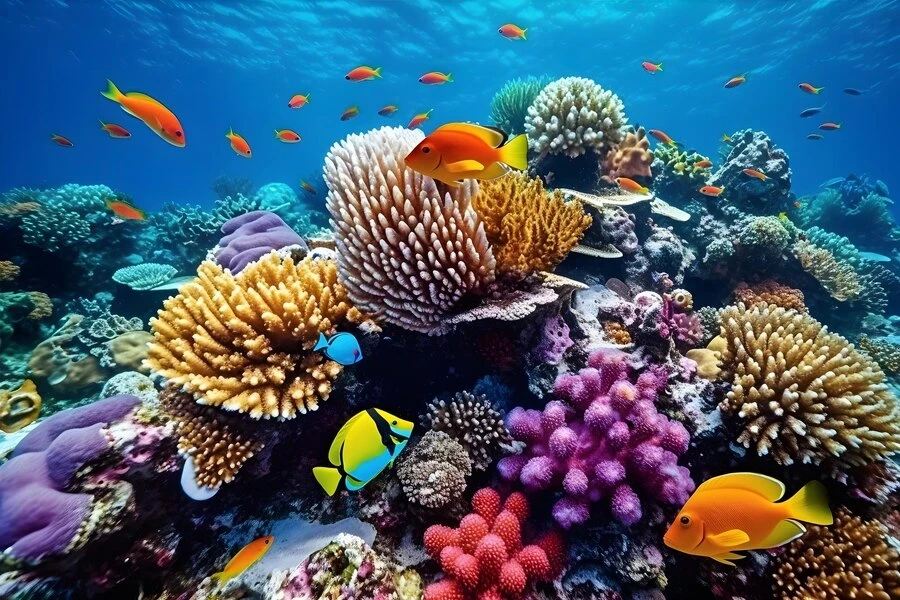
Indonesia is renowned for its stunning diving sites, making it a top
destination for underwater enthusiasts. The country boasts an impressive number
of diving locations, each showcasing breath-taking underwater beauty. Known as
a paradise for divers, Indonesia offers a diverse range of spots to explore,
including the renowned Misool Island in Raja Ampat, Bunaken Marine Park, Labuan
Bajo, Bali, Wakatobi, and the Derawan Islands.
13. Flag Design Similarities
The flags of Indonesia, Monaco, and Poland all feature a red and white color
scheme. However, while Indonesia and Poland display these colors in reverse
order, Monaco's flag uses the same sequence as Indonesia’s.
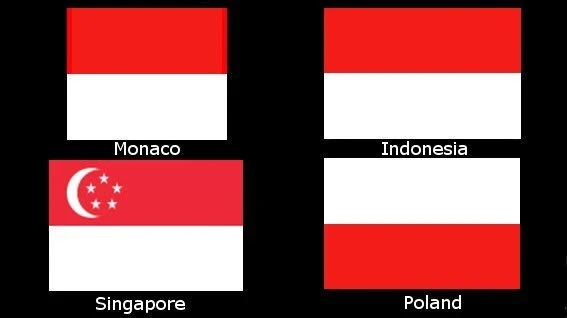
Monaco once contested this similarity by filing a lawsuit against Indonesia.
During the legal proceedings, it was revealed that the red and white flag has
ancient origins in Indonesia, dating back to the Majapahit Kingdom in the 14th
century—long before Indonesia officially adopted it in the 20th century. As a
result, the international court upheld Indonesia's historical claim to the flag
design and dismissed Monaco's lawsuit.
14. Peanut Production
Indonesia is a major producer of peanuts, which are a staple ingredient in
many local dishes. One of the most popular is Gado-Gado, a traditional
Indonesian salad known for its rich peanut sauce, commonly enjoyed at both
street food stalls and high-end restaurants.
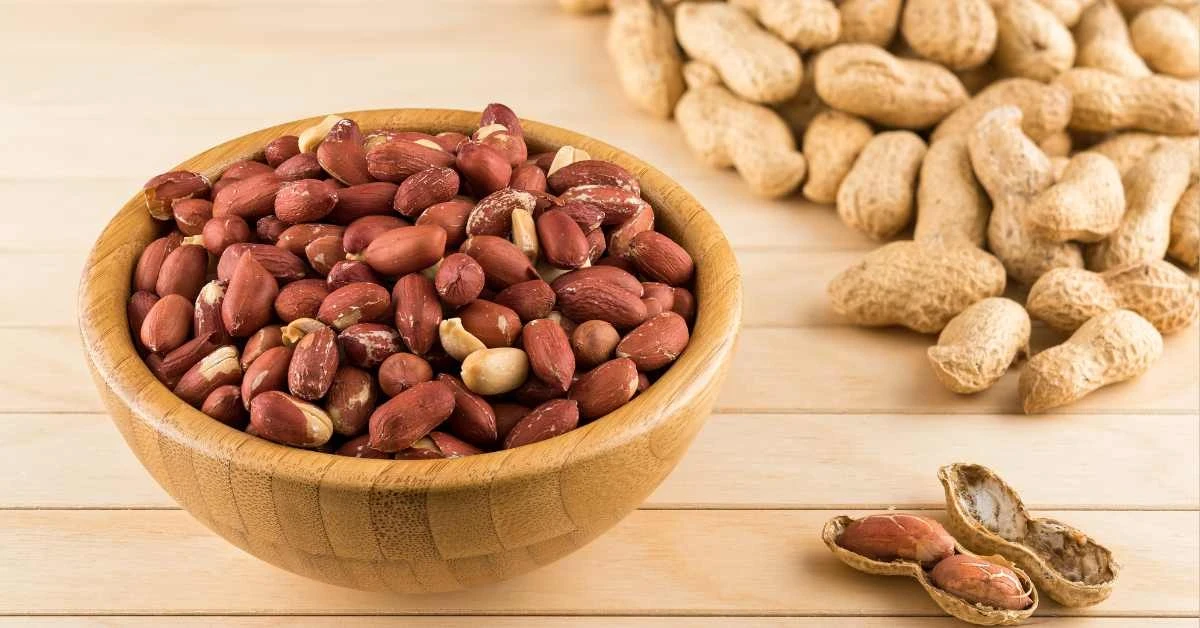
The peanut sauce is made from a blend of simple ingredients: onions, garlic,
oil, chili peppers, lime juice, peanut paste, coconut milk, green beans,
cucumber, pepper, boiled eggs, and cilantro. Additionally, many warungs (local
eateries) offer packets of roasted peanuts seasoned with salt, garlic, chili
peppers, or other spices.
Peanuts are valued for their health benefits. They are rich in calcium,
magnesium, iron, and various vitamins, which contribute to a balanced diet when
consumed in moderation.
15. Types of Sugar in Indonesia
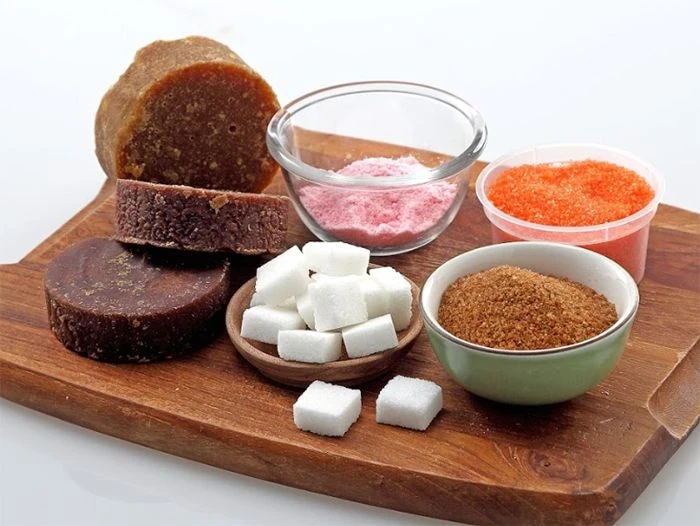
In addition to regular sugar, Indonesia offers a variety of unique sugars,
each with its distinct characteristics:
· Gula
Batu (Rock Sugar): Made from white or brown sugar that is dissolved
and crystallized into stone-like shapes. Although it is solid, it has a
lighter, less sweet taste. One tablespoon contains 6.5 grams of carbohydrates
and 25 calories.
· Gula
Aren (Palm Sugar): Considered a healthier option, palm sugar is rich
in potassium, which supports heart and blood vessel health. It is a natural
sweetener that can be beneficial for people with high blood pressure
(hypertension). However, it should still be consumed in moderation.
· Gula
Merah / Gula Jawa (Red Sugar / Javanese Sugar): Known for its use in
desserts, red sugar is derived from coconut palm sap and is shaped into
cylinders. It is often melted into a thick, sticky liquid.
· Corn
Sugar: Made from ground corn and turned into syrup, corn sugar is
often used as a substitute for regular sugar. It has similar health risks as
regular sugar when consumed in excess.
· Caramel
Sugar and Syrup: Produced by heating sugar until it thickens, caramel
sugar and syrup are used for flavouring and colouring in baking. Caramel syrup
is high in calories, with around 110 calories in two tablespoons. It is
advisable to limit consumption to avoid obesity and heart disease.
· Stevia:
A natural sweetener that serves as an alternative to regular sugar. Ideal for
those who need to avoid white or other sugars, stevia can be used in sweet tea
and baked goods. It is available online at a low cost, especially during
discount periods.
16. Tofu and Tempeh: Unique Indonesian Delicacies
Tofu, or tahu, often referred to as soy cheese, is a soft, neutral-tasting
product made from coagulated soy milk. Popular throughout East and Southeast
Asia, tofu is a nutritious source of protein and is ideal for vegetarians. Its
high calcium content also supports bone health and helps prevent osteoporosis.

Tempeh, a traditional Indonesian food, is made from fermented soybeans.
Unlike tofu, tempeh has a distinctive nutty flavour and a firmer texture due to
its fermentation process. It can be fried, baked, steamed, or used in various
dishes. In Indonesia, tempeh is often marinated, served in broth, or fried to a
crispy texture. It's valued for its high nutritional content, its ability to
absorb spices, and its health benefits, including immune system support, heart
health, and weight management.
Both tofu and tempeh are staples in Indonesian cuisine, playing a crucial
role in the country’s rich gastronomic tradition.
17. Guinness World Record for the Largest Pack of Noodles
In 2005, Indonesian company PT Indofood Sukses Makmur Tbk set a Guinness
World Record for the largest pack of instant noodles. The massive pack measured
3.4 meters by 0.47 meters and weighed an impressive 664.938
kilograms—approximately 8,000 times larger than a standard noodle pack. This
giant version was a replica of the standard Indomie Mi Goreng pack, complete
with the usual seasoning sachets, and was deemed fit for consumption.
18. A Satellite Pioneer

Indonesia has achieved several notable milestones, including significant
advancements in space technology. On July 8, 1976, Indonesia became the first
developing country to launch and operate its own satellite communication system
with the successful deployment of its first satellite, Palapa. The Palapa
satellite, part of a series owned by Indonesian telecommunications company
Indosat, marked a significant achievement in global satellite communication for
developing nations. The satellite was launched with the assistance of the
United States and played a crucial role in enhancing communication capabilities
in Indonesia.
19. A High Population Level
With a population of over 273 million people, Indonesia is the 4th most
populous country in the world, behind China, India, and the United States. As
the largest nation in Southeast Asia, Indonesia has a diverse and rapidly
growing society. This growth presents challenges in areas such as sustainable
development, education, healthcare, and infrastructure.
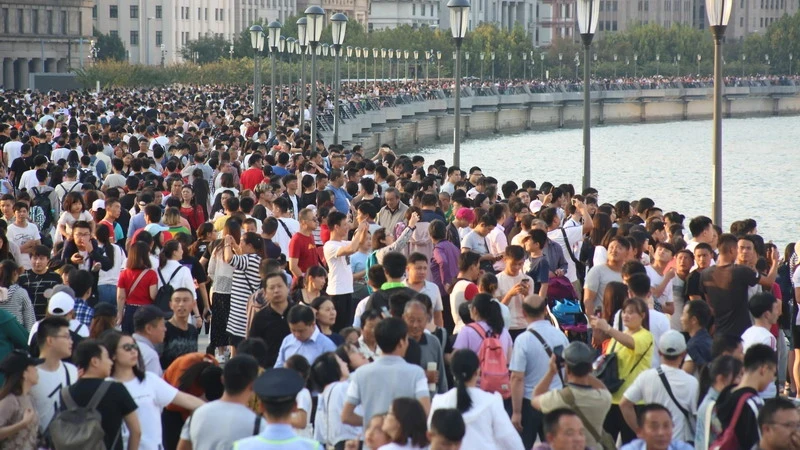
Historically, large family sizes were common, but government family planning
initiatives have aimed to encourage smaller families. The "Two Child"
policy has helped reduce the average family size, though the population
continues to grow.
An interesting fact: Indonesia has a notably young population, with a
significant proportion under the age of 30. This youthful demographic is a key
feature of the country’s population structure, while only a small percentage of
the population is over 60.
Indonesia’s ongoing population growth is a critical factor in its
development, and current projections suggest it will continue to grow rapidly.
The country takes great pride in its rich cultural heritage, which brings
together numerous ethnic groups and languages. Additionally, Indonesia actively
participates in global affairs through various international organizations,
contributing to both economic and political discussions on the world stage.
20. An Affordable Destination for Global Travelers
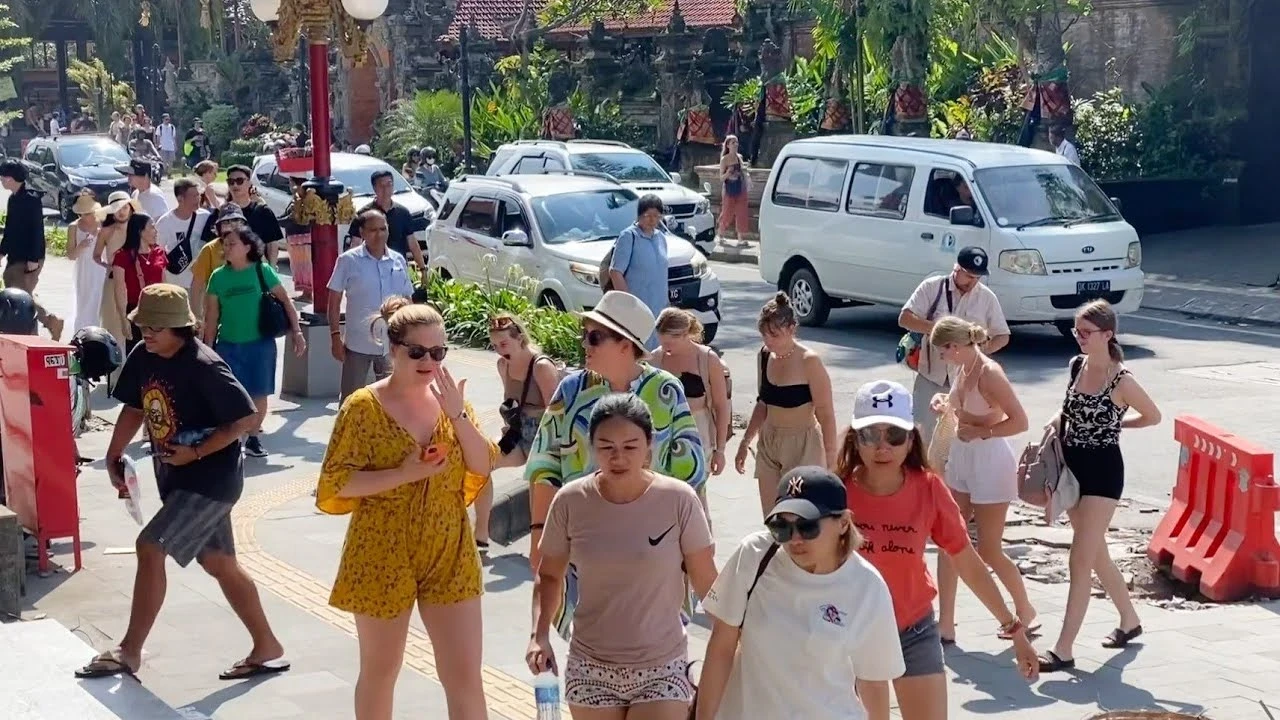
Indonesia is recognized for its affordability as a travel destination.
According to a report by the World Economic Forum on travel and tourism competitiveness,
Indonesia ranks among the top five countries for price competitiveness,
following Algeria, Malaysia, Egypt, and Iran. This ranking is based on factors
such as safety, infrastructure, health, and cultural resources. With its
diverse attractions and cost-effectiveness, Indonesia is a popular choice for
international tourists seeking extended vacations.
Sources: 12go.asia, merdeka.com
You can add one right now!